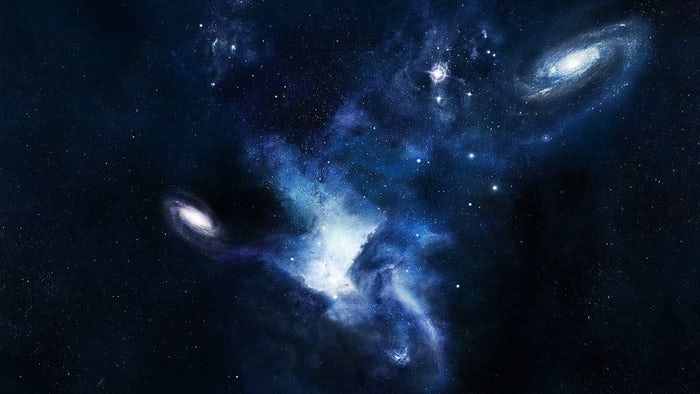When the bang became a bounce.
How the universe began is one of the most brain-breaking questions you could possibly ask, and the Big Bang is probably the answer most people accept. But what if the infinitely dense point from which the entire universe burst forth wasn’t the beginning of everything, but merely the middle of an ongoing cycle? That’s the theory of the Big Bounce, which suggests that the universe regularly cycles through periods of expansion and contraction, meaning the Big Bang may have been preceded by an earlier universe collapsing in on itself. A new study details how this might be possible.
The idea of the Big Bounce has been bouncing around since 1922, but explaining just how the universe transitions between expanding and contracting has always been an issue. What’s to stop a universe just contracting into a point and collapsing completely? According to researchers from Imperial College London and the Perimeter Institute for Theoretical Physics in Canada, it may be the same quantum mechanics that prevent atoms from deteriorating into nothing.
In our universe as it currently is, there’s an asymmetry between the laws of the subatomic world and those that govern larger matter. Large-scale physics and quantum mechanics exist side-by-side now, but that doesn’t mean it’s always been the case: back when the universe was young and everything in it was tiny, quantum mechanics may have been the only set of laws in effect, an idea known as conformal symmetry. So the same processes that keep electrons from losing energy as they orbit the nucleus and destroying the atom may have prevented the universe from collapsing into oblivion.
